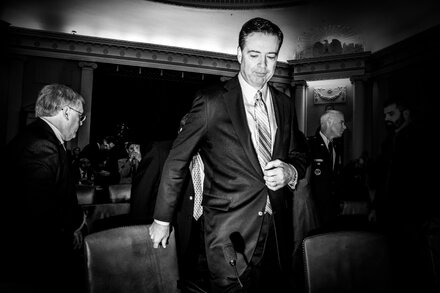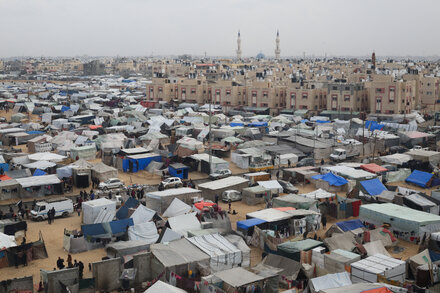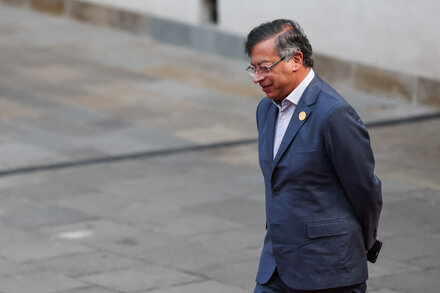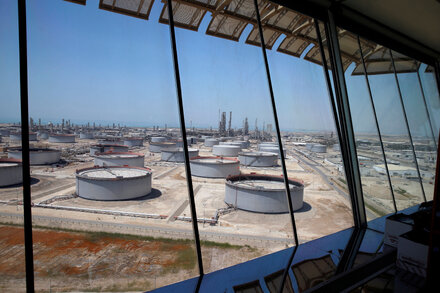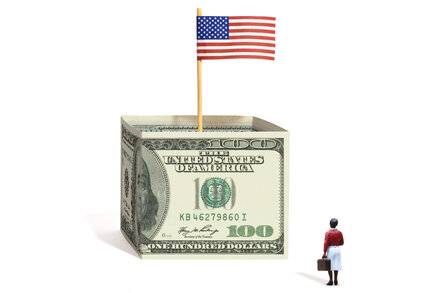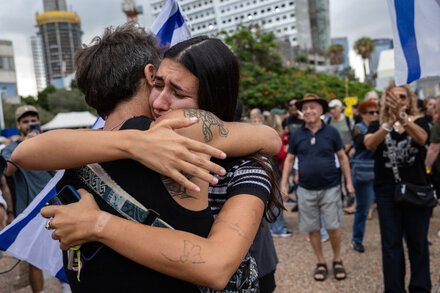Throughout his presidency and beyond, Donald Trump frequently employed rhetoric that characterized certain institutions, regions, and ideologies as “hotbeds of radicalism.” This language served as a recurring theme in his public statements, targeting entities he viewed as fostering anti-conservative sentiment or promoting what he termed “radical” agendas.
The phrase “hotbeds of radicalism” and similar expressions were often directed at American universities, particularly those with a reputation for liberal or progressive academic environments. Trump and his administration voiced concerns that these institutions were stifling conservative viewpoints and indoctrinating students with left-leaning ideologies rather than promoting open inquiry and diverse thought. These critiques sometimes escalated into threats regarding federal funding.
“These are institutions that are becoming hotbeds of radicalism and places where people are taught to hate our country,” Trump stated in one instance, alluding to educational establishments he believed were veering from traditional American values.
Beyond academia, Trump also applied this framing to various cities and communities, particularly those experiencing significant social unrest or led by Democratic administrations. During periods of widespread protests, such as those that occurred in 2020, he often described certain urban centers as being overrun by “radical” elements and “anarchists.” He argued that these areas were failing to maintain law and order and required federal intervention. This stance frequently led to clashes with local leaders over the deployment of federal agents and the response to demonstrations.
The “war” on perceived radicalism also encompassed broader cultural and political movements. Trump frequently criticized what he termed the “radical left,” accusing it of attempting to erase American history, undermine traditional institutions, and push socialist policies. This rhetoric was central to his campaigns and governance, aiming to energize his base by presenting himself as a defender against these alleged threats.
Critics of Trump’s approach argued that his rhetoric was divisive, undermined academic freedom, and politicized law enforcement responses to protest. They contended that labeling institutions and movements as “hotbeds of radicalism” was a tactic to discredit opposition and suppress dissent, rather than addressing underlying societal issues through constructive dialogue.
The consistent use of “hotbeds of radicalism” reflects a key aspect of Trump’s political communication strategy, framing significant portions of the political and cultural landscape as hostile forces requiring a strong, combative response.
Source: Read the original article here.
